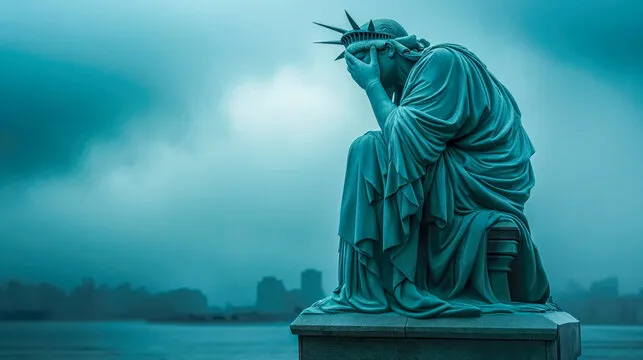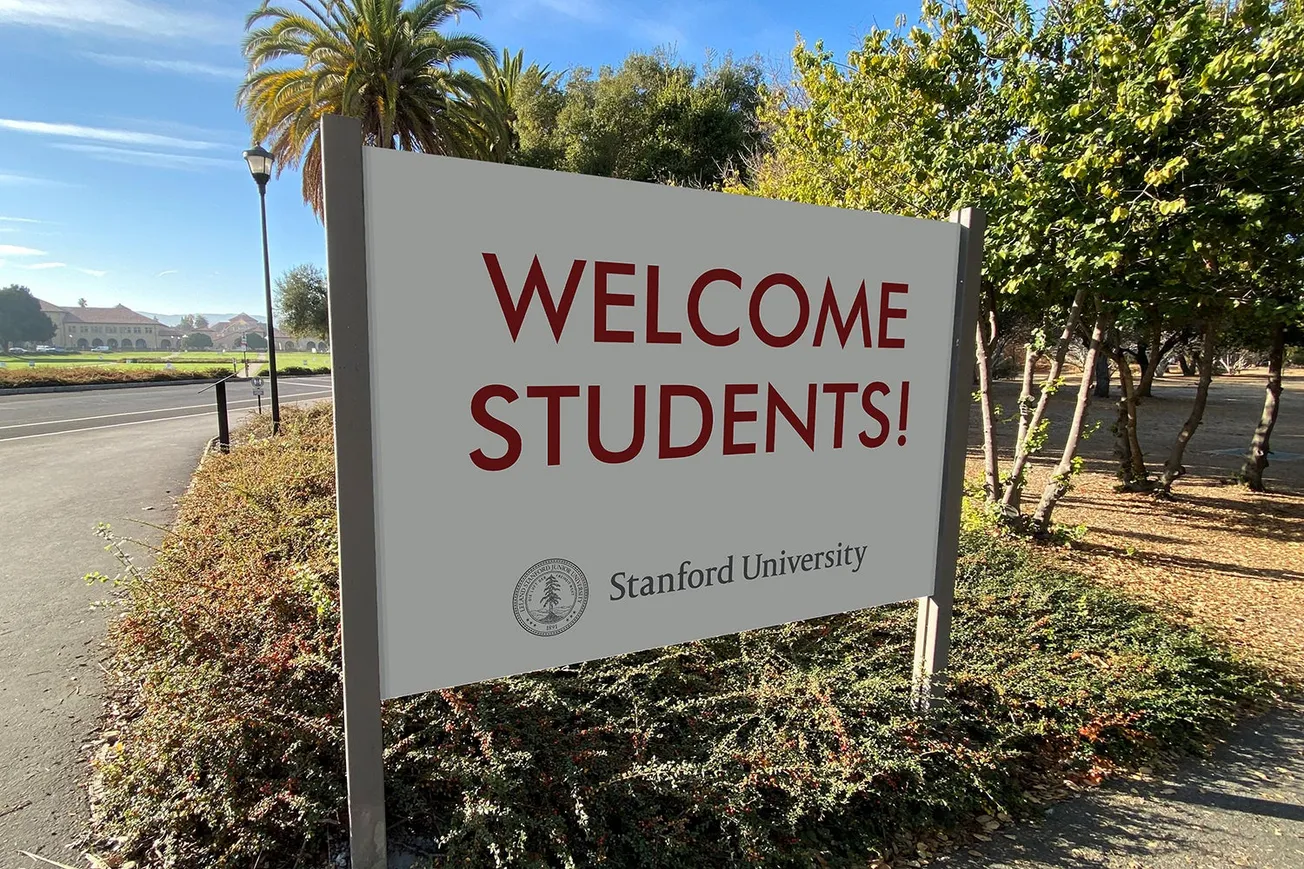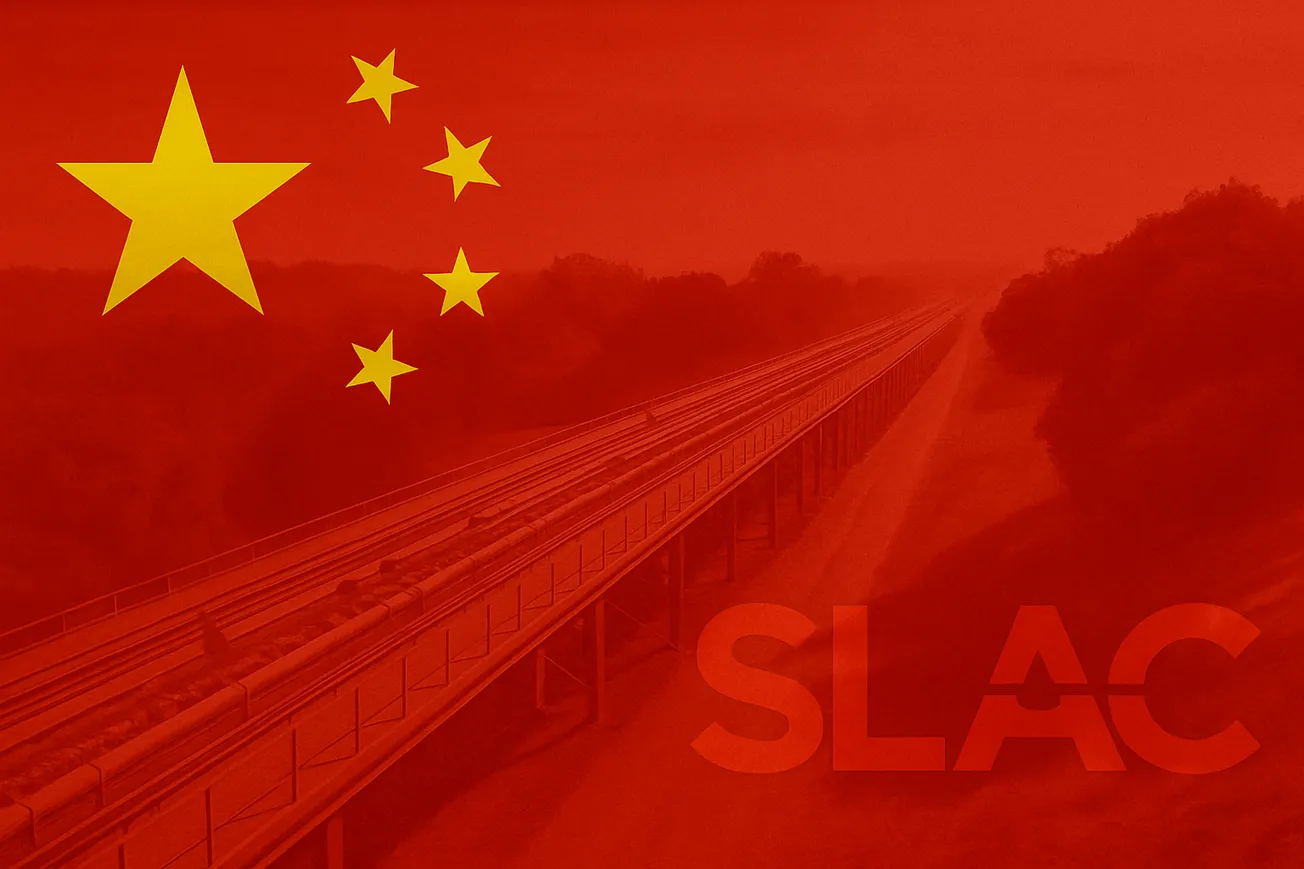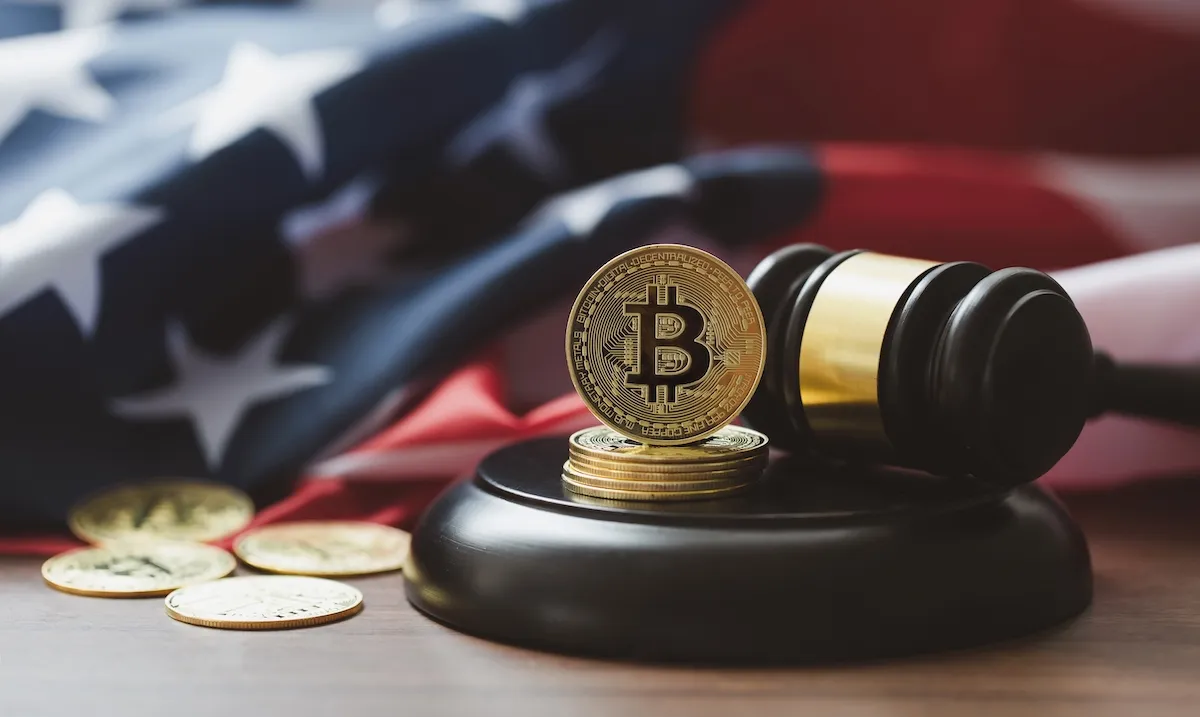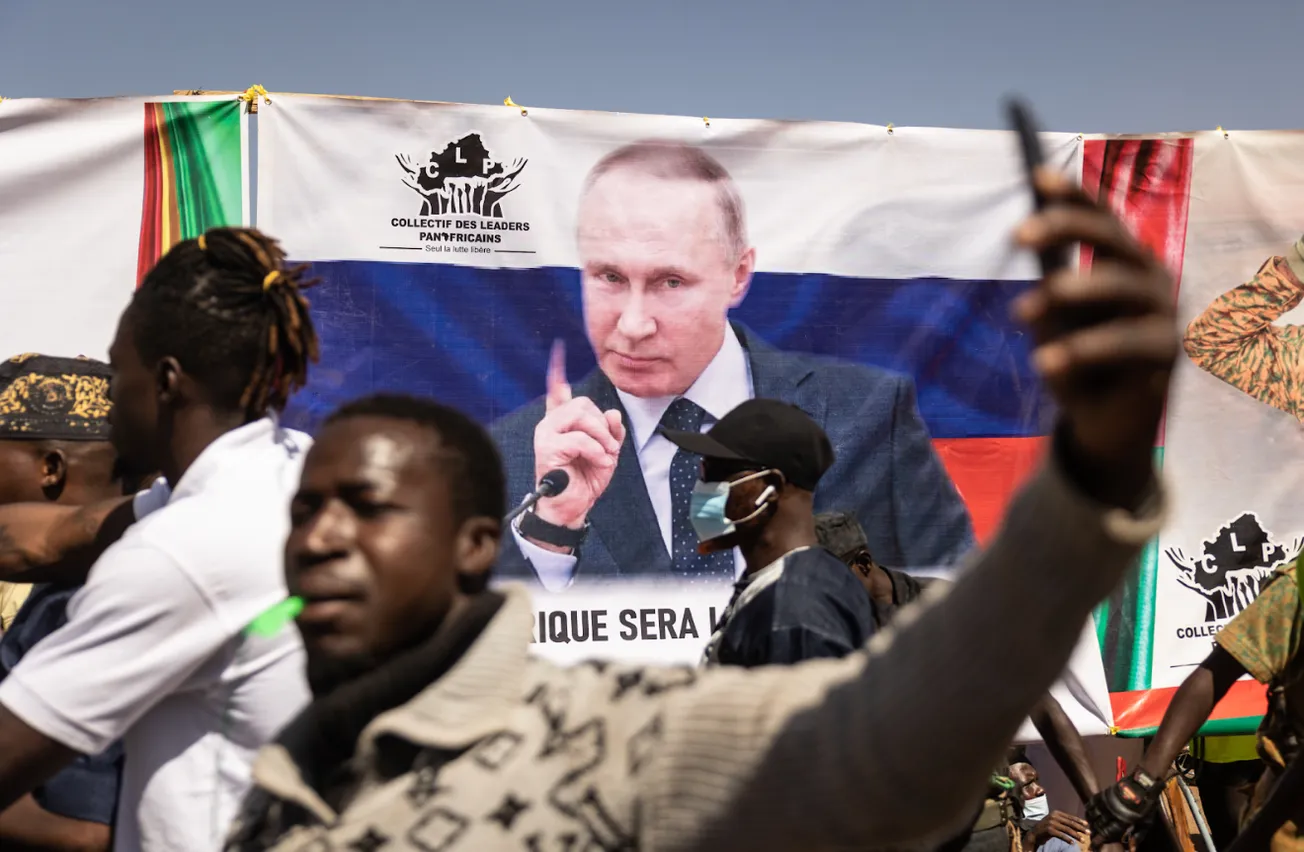Table of Contents
In rural Wisconsin, the children of displaced factory workers scan grocery barcodes and drive trucks while their towns slowly empty. Meanwhile, Silicon Valley engineers from Bangalore and Shanghai earn seven-figure salaries to build the AI systems that will define the next century. Now, with a new $100,000 fee on H-1B visas, the Trump administration claims it is giving domestic talent a leg up. Instead, it is ensuring that both groups lose.
On September 21, 2025, the Trump administration announced a legally questionable tenfold increase in H-1B visa fees, transforming a bureaucratic processing charge into a prohibitive barrier. The White House claims this will protect American workers from being "replaced" by cheap foreign labor and force companies to train Americans. Commerce Secretary Howard Lutnick argues that every Indian engineer in Silicon Valley represents a lost opportunity for an American kid. This simplistic, zero-sum thinking seems to have metastasized from X/Twitter into actual policy.
As anyone with a shred of economic literacy could guess, the data does not support this conclusion. Research in the Journal of Labor Economics shows that when the U.S. admits more H-1B STEM workers, cities see productivity gains and higher wages for native-born workers. The Peterson Institute estimates that H-1B workers deliver nationwide consumer surplus gains on the order of $15–20 billion annually, by increasing efficiency, lowering prices, and expanding output. Harvard and NBER research find that higher H-1B admissions increase science and engineering employment and patenting without displacing U.S. inventors—total invention simply rises. The H-1B doesn’t take away a share of the pie from Americans; it makes the pie bigger.
Perhaps nothing illustrates this better than how quickly other nations rolled out the red carpet for displaced foreign workers after the announcement. Canadian Prime Minister Mark Carney publicly announced that his government would extend an offer to attract workers affected by the fee hike. The U.K.’s finance minister, Rachel Reeves, similarly announced that the country would ease pathways for high-skilled immigration. China introduced its “K” visa program for young STEM graduates. The fee hike kicked off a global scramble to attract the talent that America was poised to lose. If H-1Bs were truly undercutting domestic wages and decreasing opportunity for native-born workers, why would virtually every competitor be tripping over itself to attract them?
In assessing this situation, it is essential not to overlook the genuine grievances driving anti-immigrant sentiment. Large swaths of America, where Trump won by the biggest margins, have not benefited nearly enough from the explosion of high-paying tech jobs in their own country. According to Brookings Institution analysis, one-third of U.S. "innovation jobs" sit in just a few dozen counties, with tech growth brutally concentrated in superstar hubs. People in the heartland are not wrong to complain that they don’t have a viable pipeline into the high-paying jobs that so many foreign workers occupy.
The solution to this disparity is a much-needed push to develop domestic excellence, not merely to punish foreign labor. Consider the effort that goes into scouting college football players: recruiters are dispatched to high schools across America and maintain detailed databases on promising athletes regardless of zip code. Entire systems exist to identify and nurture athletic ability wherever it emerges. No superstar quarterback would go unrecognized in Alabama.
Yet elite universities do nothing comparable for intellectual talent. Colleges like Stanford reward applicants who can assemble polished applications—stacked with advanced courses, high-impact extracurriculars, and polished essays—markers that reflect access to resources as much as they do ability.
Imagine a program to scout raw intellectual talent without requiring it to be dressed up in ways that benefit the privileged. The older version of the SAT was something like this vision. It was difficult to coach for, tested sheer cognitive ability, and had very few top scorers, making it far more effective in identifying true genius. Unlike today, when elite colleges could fill their ranks several times over with near-perfect scorers, a high score once had a much bigger impact on admissions decisions.
This false dichotomy between attracting foreign talent and developing domestic excellence has poisoned the American immigration debate. These are not competing objectives. We can do a better job of scouting and developing native-born talent while recognizing that they are not in a zero-sum contest with H-1Bs.
That is not to say that the H-1B system could not benefit from reform. The visa has become extremely oversubscribed, leading to a random lottery system. USCIS data shows that mid-tier consultancies like TCS, Infosys, and Cognizant consistently rank among the top sponsors, flooding the system with mediocre applications.
The solution here is surgical: replace the lottery with merit-based allocation, prioritizing genuine skill scarcity and wage levels. Stop throwing international graduates from American colleges into the same lottery as experienced overseas applicants, and give technical degree holders a clear pathway to stay. Eliminate the country caps that, according to the Cato Institute, force Indian nationals into “lifetime” waits for green cards, keeping them indefinitely on H-1B visas. These are solutions with virtually universal backing and broad bipartisan agreement.
The stakes in the high-skilled immigration debate extend beyond immediate economics. The $100,000 fee will not create a pathway to Silicon Valley in Youngstown or fund scholarships for Appalachian students. It will simply ensure that the next generation of world-changing companies is incorporated elsewhere. The heartland deserves real investment and genuine opportunity, not economically destructive symbolic gestures.

